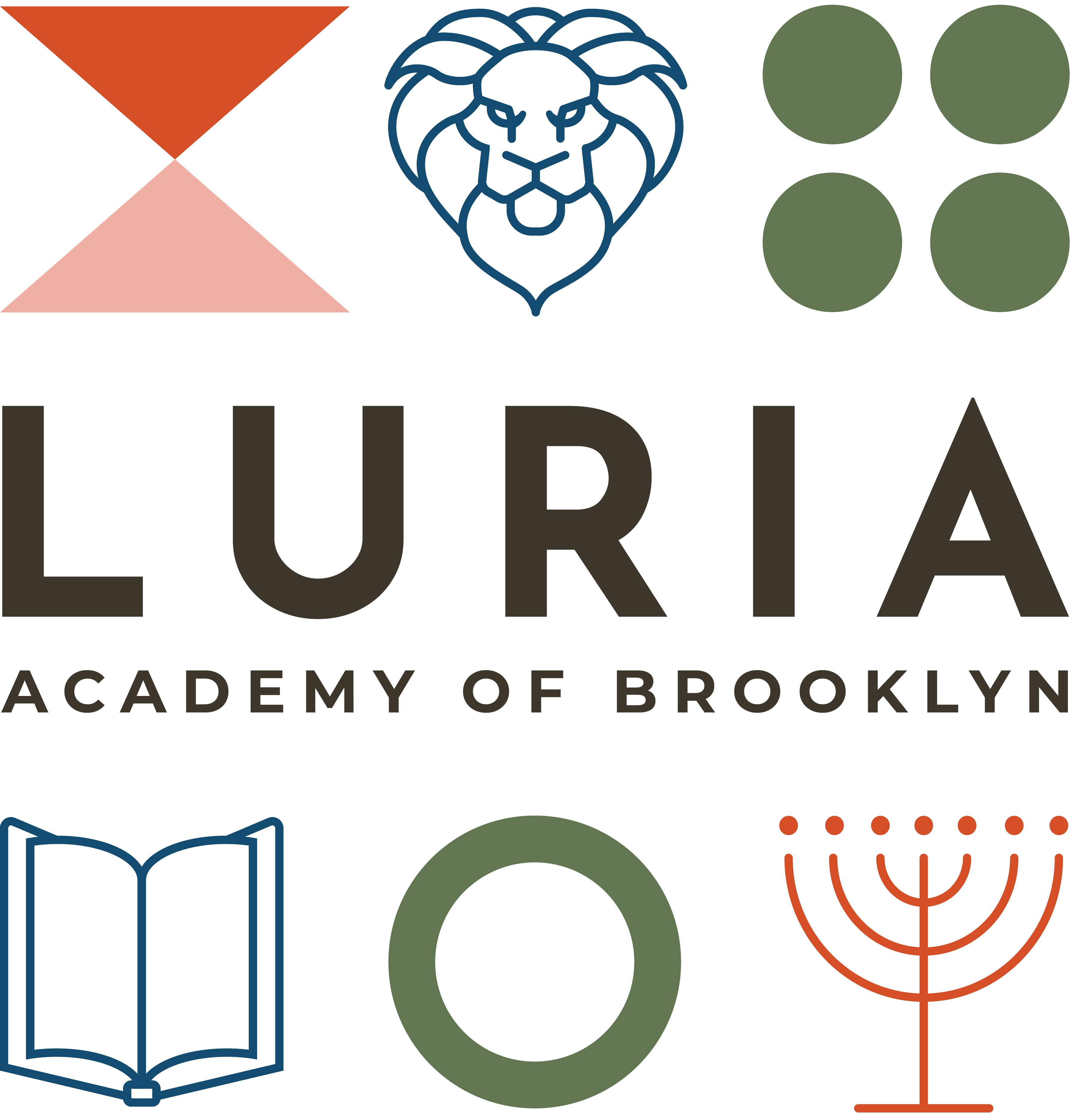Primary
Curriculum
Children develop coordination, concentration, a sense of personal independence and a sense of order. The activities are divided into four categories: care of the person, care of the environment, grace and courtesy, and control of movement.
Children refine and develop the senses because it is through the senses that all information is taken in and processed. The materials advance skills that include matching, seriation, classification, one-to-one correspondence and perceptual acuity with regard to color, dimension, sound, touch, and taste. They also provide the basis for language and math.
The initial focus of the Language area is to set up a purpose for learning literacy skills; this is achieved by making sure there an extensive amount of print in the environment, having discussions about language, reading to children, engaging in writing activities, and demonstrating that language can be spoken, heard, written, and read.
The focus in Math is initially on developing an understanding of quantity and magnitude, as these understandings are the prerequisites for more advanced mathematical thinking. To ensure solid understandings, children use materials that help them visualize these properties and associate them with written numerals. As they move through the primary school, the focus is on expanding knowledge of place value, skip counting, addition, and subtraction. The children also master one to one correspondence,
rote counting and numeral identification.
This area is divided into sections on Science and Geography. An abundance of puzzle maps, paper maps, globes, multicultural pictures/photos and books are the basis of the geography curriculum. Students
engage in a variety of science experiments in order to learn about the scientific processes of inquiry and investigation. They manipulate scientific materials including test tubes, microscopes, magnifying glasses, and binoculars to learn about botany, biology, astronomy, and earth science. Science themes include Land, Air, and Water, Magnetism, Basic Machines, Botany, and Zoology.
Art activities focus primarily on fine-motor control and skill building, with particular emphasis on developing hand strength and proper pincer grip that provide the foundation for writing and artistic expression. Children learn how to work with different media including collaging, cutting with scissors, color mixing, painting with tempera and watercolor paints, and sketching so they can use each as a mode to express their own creativity. Music and drama are also integral parts of the curriculum. Children listen to a variety of musical styles and learn songs that enrich their learning. They engage in creative movement activities, experiment with a variety of musical instruments, and learn about rhythm and tempo.
Learning the Hebrew language is one of the first steps children take in making their acquaintance with their heritage, religion, and culture. We follow a Hebrew language immersion model, in which one teacher speaks exclusively in Hebrew to the children and adults in the classroom.
Judaic Studies lessons help children develop a sense of collective history and culture while also providing an opportunity to explore their spirituality and relationship with God. These lessons help children recognize and celebrate the diverse, personal ways in which Judaism plays a role in their everyday lives. Children begin to form a strong Jewish cultural identity through exposure to and practice of Jewish traditions such as Shabbat and holidays. Children develop an understanding of the Torah through study of the weekly parasha (Torah portion), dramatic storytelling, and related skill-building activities integrated
throughout the curricular areas. Children learn Jewish prayers, songs, and music in Hebrew during morning Tefilah (prayer), movement activities, and Shabbat celebrations.




